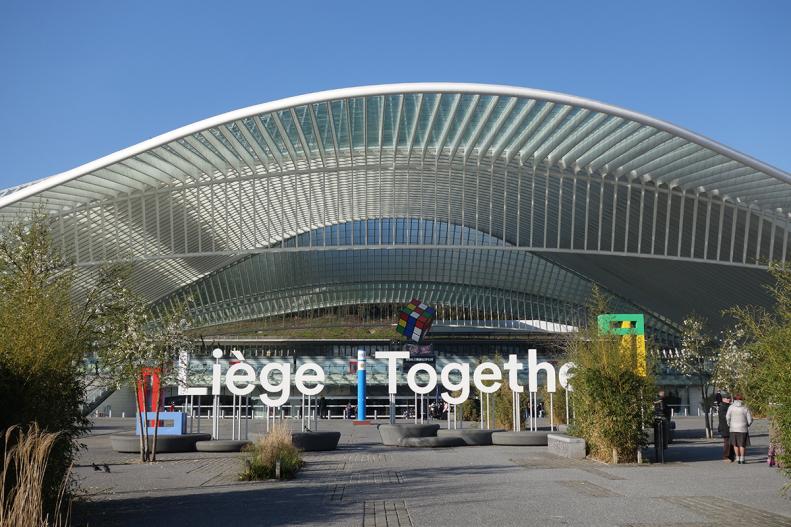1 / 15
Photo: Steve Larese
Historic Spaces for the Modern Age
Train stations still capture the romance and excitment of rail travel and feature some of the most stunning design you are apt to see. From historic marvels to modern masterpieces (such as Belgium's Liège-Guillemins railway station, pictured), train stations uniquely showcase civic pride and local culture. Here are just a few of our favorite, most unique, design-forward train stations from around the globe.









